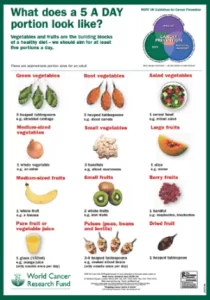The role of work in improving quality of life, personal development and fulfilment cannot be underestimated. Over the years the debate has continually heightened as to whether work is good for our health or not. Research has clearly confirmed that “worklessness” has been closely associated with higher rates of mortality. It has been indicated that individuals who are unemployed are twice as likely to die as the employed. Working has been shown to be health (physical and mental) enhancing and unemployment has been proven to militate against good health and quality of life. It is however worthy of note that the quality of work has a tremendous impact on the health of workers and insecure, low paying and health damaging jobs are no better than unemployment in terms of health and wellbeing.
Depending on your job type, you may be exposed to one hazard or the other. Contemporary workplace health hazards have become more varied and complex ranging from chemical hazards, hazards from noise, cold or heat as well as stress from ergonomics. While exposure to certain hazards may have immediate health consequences, others may take decades to manifest. This variability is influenced by factors including frequency and quantity of exposure and the accumulative and other properties of the hazard.
In this era of increasing rate of unemployment and competitive job markets people are likely to get into what is known as the Hobson’s choice. This refers to a situation where individuals only have the choice of taking what is offered or nothing at all. In such instances, little or no attention is paid to the effect of the work on the physical and more importantly the mental health of the worker. Employees are therefore advised to make enquiries into the hazards they may be exposed to and the measures put in place to remove or minimise the occurrence of these hazards.
Employers are required to ensure that their employees work in a healthy environment by identifying and controlling hazards. Adequate training is also required to develop a positive safety culture by equipping workers to perceive risks associated with their work activities. Office equipment and environments need to be assessed to determine their effect on health. Employers and workers need to recognise the business or economic benefits of prioritising occupational hygiene. This is because when workers work in a healthy environment, sick leaves reduce and capacity to work improves as health impacts on our ability to be productive at work.
Although issues associated with health and safety are usually given a lot of attention in the construction, mining industries its related industries, administrative, banking and its related industries also need to pay more attention to health and safety at the workplace. This is because there is increasingly suffering from chronic conditions such as back pain, vision impairment and work related mental health conditions including depression, sleep disorders, eating disorders, loneliness and anxiety.
To ensure that work places and work activities do not have a negative impact on our health, both employees and employers have roles to play to develop a positive safety culture which is the bedrock of a safe working environment. The next time you go to work think about how your work environment and activity can have impact on your health. Until we appreciate and recognise the risk associated with our work, it will be extremely hard to institute measures to manage those risks. Remember your work could increase or decrease your life expectancy. Work needs to be good!! Live long to enjoy the fruit of your labour!
Written and reviewed by: Dominic Bassah
Last page review: 23/12/2021
Next page review: 31/12/2024

